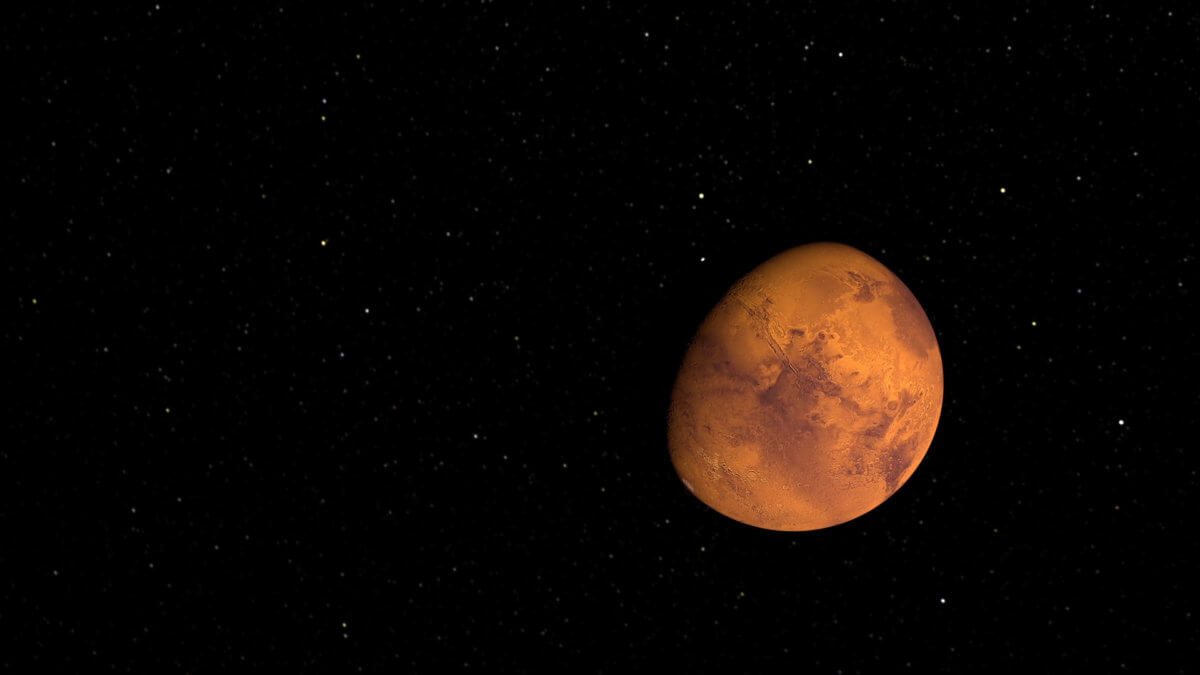Roll up, roll up! Ladies and gentlemen and all people on Earth that do dwell: brace yourselves and buckle up for this whirlwind geological field trip. Today, we’re going to Mars!
Geological features observed by scientists on Mars have excited scientists about the age-old question of whether there was, or if there ever had been, water on Mars. Research has indicated that the forces of water heavily influenced the geological landscape of Mars. The influence of water on the landscape to create Martian channels and valleys has been documented, along with the effects of ice on the Martian landscape. These features on Mars, and the role of water in their creation can be inferred from the similar features documented on Earth’s landscape. Certain aspects of the Martian landscape remain peculiar and unique to Mars – it is, after all, an entirely different planet to Earth.
Are you ready to quench your knowledge and immerse yourselves in the watery madness of Mars? Alrighty then – let’s go!
Martian channels and valleys
Martian ‘channels’ have been documented on the Martian landscape, which tells of a dramatic outflow of material (Figure 1). These channels, up to 150 km wide and 2,000 km in length, are analogous in formation to the ‘Channelled Scablands’ of the USA’s Pacific Northwest; yet illustrate a far greater flood of material than ever witnessed on Earth that would perhaps challenge the structural integrity of Noah’s Ark.
These channels that scar Mars’s surface have all been denoted as outflow channels of a huge amount of material; they emanated from depressions in the Martian landscape, approximately 2-5 km below the surrounding area and covered with blocks of material from the enveloping surface. These indicate a process of collapse, rather than a removal, which then caused the cataclysmic outflow of material. Martian volcanism and the melting of Martian ice has been put forward as a hypothesis which accounts for the pressure required to confine large aquifers and the subsequent catastrophic failure which caused these channels. Possible changes in the climate system due to this immense discharge of water remains a key point of future research for the environmental history of Mars.
These Martian channels are distinguished from Martian valleys. Martian valleys tell of low-density drainage and have lengths between five to 1,000 km and are up to 10 km wide – similar to the Grand Canyon. Martian valleys lack of fluid flow: instead, geological evidence points to the seeping of Martian groundwater to the surface as key to the formation of these valleys. It’s like how drainage patterns found on Earth’s surface form from rainwater.
Surface water on Mars
Sediments found on the northern plains of Mars, as well as an inscription of shorelines on the Martian landscape, point to a past where large bodies of water covered the surface of Mars. The largest estimates of these water bodies involve 20 to 60 million cubic kilometres of water, equivalent to an even spread of water 200 to 400 metres deep across the Martian surface.
That’s a lot of water – and how unfortunate for any Martians living way back when who suffered from thalassophobia!
Across the Martian northern hemisphere, sedimentary layers deposited in watery environments are distributed across an area of three million square kilometres and average hundreds of kilometres in depth. Along with the presence of Martian channels, this evidence indicates a Martian geological history dominated by a gargantuan body of water.
So if there was some sort of Waterworld thing going on in Mars, why can’t we see water on Mars today? The disappearance of these so-called immense ‘paleolakes’ has been subject to much controversy, and many scientists believe that these paleolakes did not exist for a large portion of Martian geological history.
Scientists think that it’s because it became really, really cold.
It has been suggested that all this water became frozen into the Martian permafrost which covers Mars. Polygonal features on the Martian terrain are analogous to permafrost environments found on Earth (Figure 2); this corroborates the Martian permafrost as a reservoir for the vast quantities of water documented. After the dramatic release of copious amounts of water which engulfed the Martian surface, all this water then froze upon the cooling of the Martian landscape or the subsidence of Martian volcanism.
Glacial landscapes on Mars
After the release of immense reservoirs of water that produced the Martian channels, water on Mars took the form of glaciers have carved their way into the Martian landscape. Ridges on Mars bear the appearance of eskers – the trail of debris left behind by a shrinking glacier. Glacial rocks also tell of the scale of glaciation found across Mars, which fits in well with the presence of Martian oceans and their later disappearance.
Perhaps the chaotic, violent, and truly dramatic behaviour of water on Mars comes from its Roman God of War namesake!
The landscape of Mars that we can observe today is one very different to that found in its geological history. We see that Mars was a world where turbulent floods of incomprehensible size carved vast channels into the rock; a world where enormous reservoirs of water engulfed the Martian surface. It is now a world where ice dominates the landscape itself. Simply by observing the geological features of Mars we see that Mars is a world which was and remains sculpted by the peremptory command of water.
Indeed: though we have imputed the presence of water on Mars, Bowie’s question remains – Is there life on Mars?
The plot thickens.
We acknowledge the Ngunnawal and Ngambri people, who are the Traditional Custodians of the land on which Woroni, Woroni Radio and Woroni TV are created, edited, published, printed and distributed. We pay our respects to Elders past and present. We acknowledge that the name Woroni was taken from the Wadi Wadi Nation without permission, and we are striving to do better for future reconciliation.
